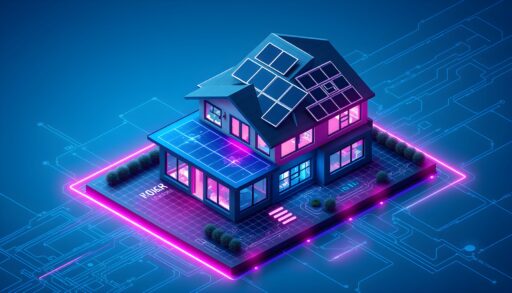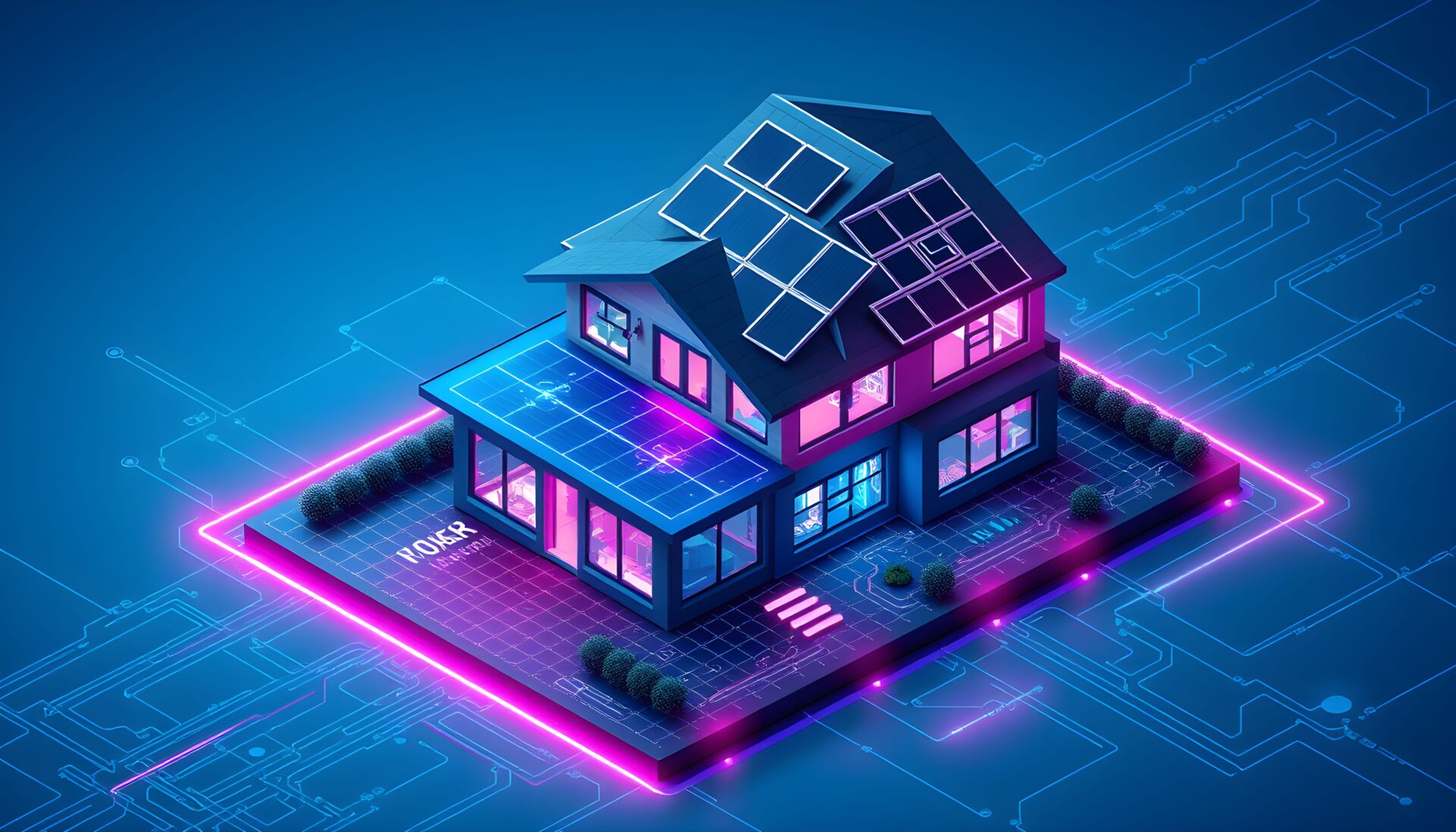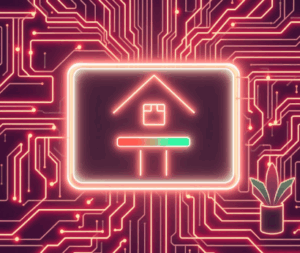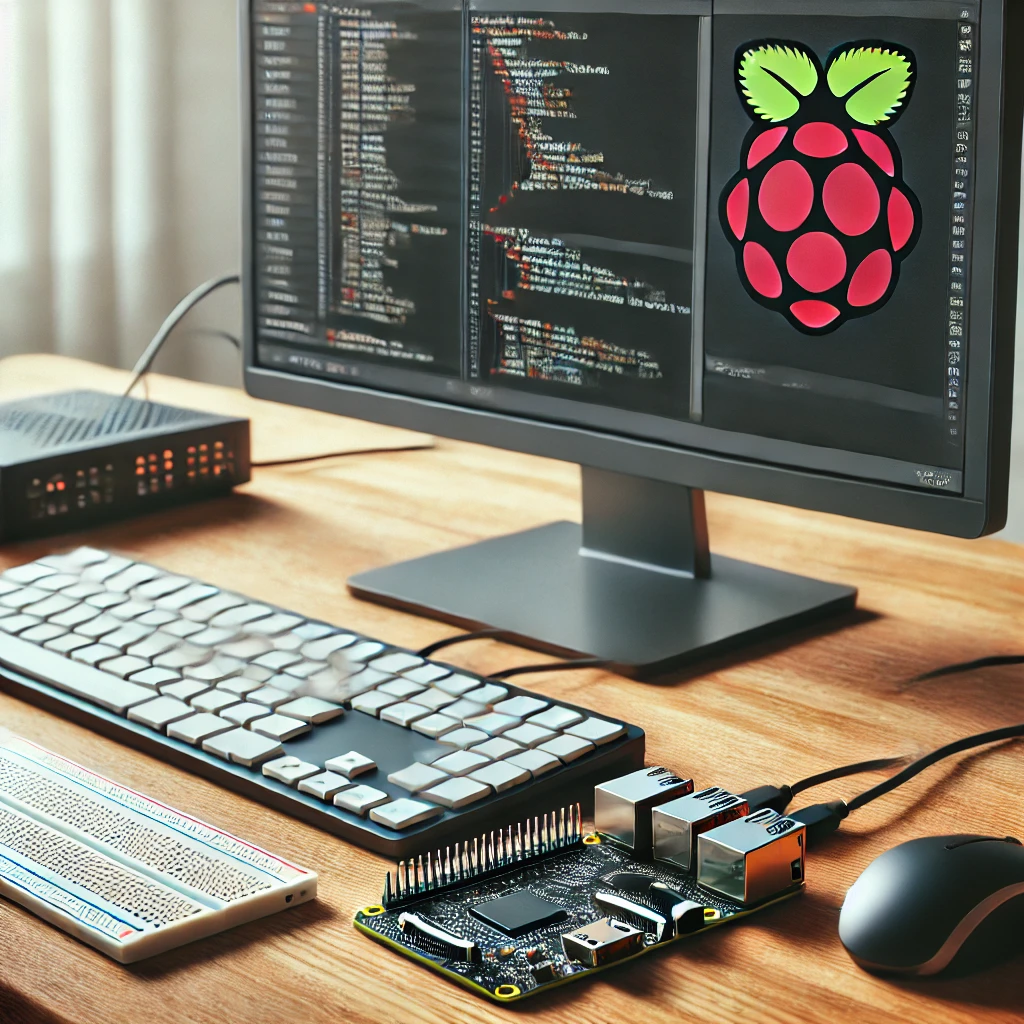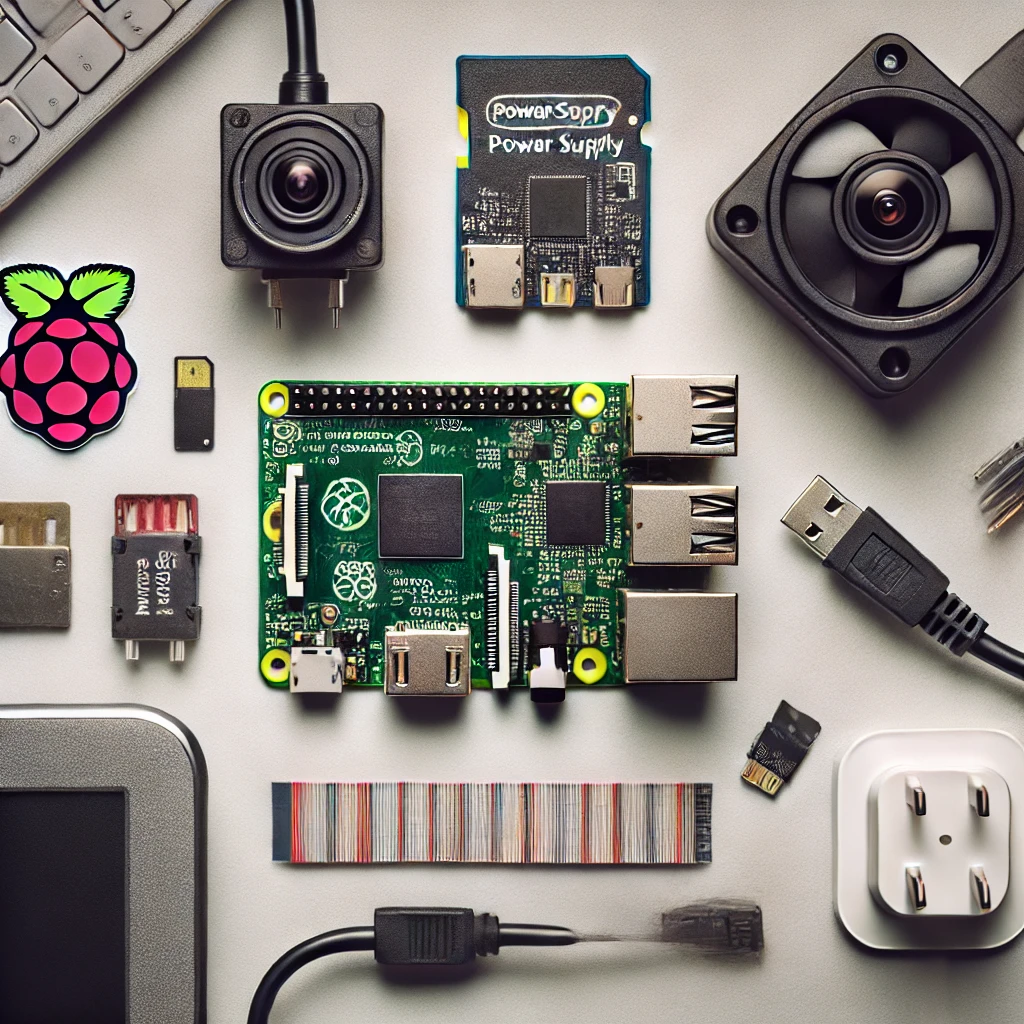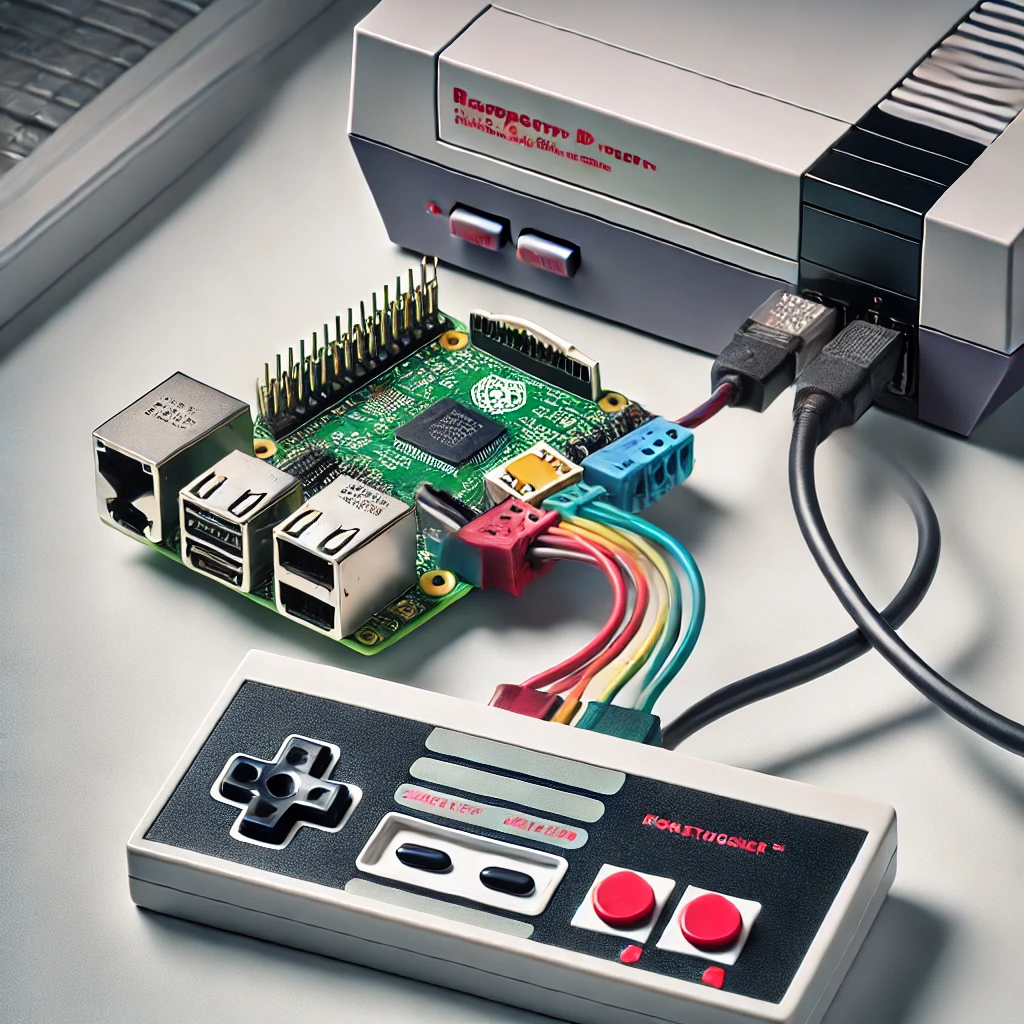In 2025, Raspberry Pi continues to hold its place as an essential tool for creating affordable and customizable smart home solutions. Whether you’re a DIY enthusiast or a professional developer, Raspberry Pi offers a wide range of possibilities for automating your living space. From controlling lights and thermostats to setting up security systems and environmental monitoring, Raspberry Pi can be the heart of your home automation system. This guide will explore how to build a smart home using Raspberry Pi, looking at the hardware, platforms, IoT integration, and practical applications. By the end of this article, you will have a solid understanding of how Raspberry Pi can make your home smarter, more efficient, and more cost-effective.
1. Understanding Raspberry Pi’s Role in Smart Homes
Raspberry Pi is an affordable, credit-card-sized computer that is powerful enough to run multiple processes simultaneously. The device is equipped with General Purpose Input/Output (GPIO) pins, which allow it to interact with the physical world by controlling sensors and actuators. This makes Raspberry Pi an ideal candidate for use in a smart home, where interaction with physical devices like lights, locks, and cameras is essential. Over the years, Raspberry Pi has evolved from a tool primarily for developers and educators to a go-to platform for IoT (Internet of Things) enthusiasts. In 2025, the Raspberry Pi 5 offers improved performance, faster processing speeds, and better connectivity options, making it even more suitable for smart home applications. Raspberry Pi’s ability to integrate with a variety of sensors, relays, and other peripherals makes it the perfect solution for controlling almost every aspect of a smart home, from energy management to security and entertainment systems.
2. Selecting the Right Raspberry Pi Model
Choosing the right Raspberry Pi model is a critical step when building a smart home. While the Raspberry Pi 5 is the most powerful option, it’s important to consider the scope of your project and the specific tasks you want to accomplish. Here’s a breakdown of the most common models for smart home automation:
Raspberry Pi 5
The Raspberry Pi 5 is the latest model, offering significant improvements in both processing power and connectivity. It is equipped with a quad-core ARM Cortex-A72 processor, 4GB or 8GB of RAM, and a USB-C power port. Its performance makes it perfect for running resource-intensive applications like Home Assistant, which controls multiple devices in a smart home. With the Raspberry Pi 5, you can integrate advanced features like voice assistants (e.g., Alexa or Google Assistant), smart lighting systems, and even home security cameras. The improved connectivity options also make it easy to connect to the cloud and integrate with other devices.
Raspberry Pi 4
For less demanding applications, the Raspberry Pi 4 is an excellent choice. With up to 4GB of RAM and a quad-core ARM Cortex-A72 processor, the Raspberry Pi 4 can handle basic smart home tasks such as controlling lights, sensors, and locks. It is still a very capable option, especially if you’re looking to build a smaller or budget-friendly smart home system.
Raspberry Pi Pico 2 W
If you’re looking for a smaller, more cost-effective solution, the Raspberry Pi Pico 2 W is a great option. It includes built-in Wi-Fi and has low power consumption, making it ideal for simple tasks like controlling light bulbs or temperature sensors. Although it doesn’t have the same processing power as the Raspberry Pi 5, it is still capable of handling basic home automation projects.
3. Key Platforms for Smart Home Integration
While Raspberry Pi is a powerful hardware tool, it needs to run software that enables smart home automation. Several platforms are compatible with Raspberry Pi and provide user-friendly interfaces to control various devices in your home. Here are some of the most popular ones:
Home Assistant
Home Assistant is an open-source platform that runs on Raspberry Pi and allows you to control your entire smart home from one interface. It supports a wide range of devices, including lights, thermostats, cameras, and smart locks. It also integrates with popular services like Google Assistant, Alexa, and Apple HomeKit. With Home Assistant, you can automate tasks and set up complex routines. For example, you could program your lights to turn on when you enter a room or adjust your thermostat based on the weather forecast. Home Assistant is highly customizable and supports advanced features such as voice control, automation, and remote access.
OpenHAB
OpenHAB is another open-source home automation platform that runs on Raspberry Pi. It’s similar to Home Assistant in that it provides a central hub to control smart devices. OpenHAB supports a wide range of devices and is known for its flexibility and compatibility with different systems. It also features an active community that contributes to plugins and enhancements, making it easy to integrate new devices and technologies into your smart home.
Domoticz
Domoticz is a lightweight home automation platform that runs on Raspberry Pi and supports a variety of devices, including sensors, switches, and cameras. It has a simple web interface, making it easy to configure and control your smart home. Domoticz is an excellent option for users looking for a minimalist solution that still offers powerful functionality.
4. Integrating IoT Devices with Raspberry Pi
A key feature of smart homes is the integration of IoT devices that can be controlled and monitored remotely. Raspberry Pi makes it easy to connect various IoT devices to your home automation platform. Here are some common IoT devices you can use in your smart home:
Smart Lights
Smart lighting systems, such as Philips Hue and LIFX, can be integrated with Raspberry Pi to automate your home’s lighting. You can control the lights based on time of day, occupancy, or even weather conditions. With voice assistants like Google Assistant or Amazon Alexa, you can also control the lights with simple voice commands.
Smart Thermostats
Smart thermostats like Nest or Ecobee can be integrated with Raspberry Pi to automate heating and cooling. You can set up schedules, adjust the temperature based on occupancy, or use your smartphone to control the thermostat remotely.
Security Cameras
Raspberry Pi can be used to build a DIY security camera system. By connecting cameras to your Raspberry Pi, you can monitor your home from anywhere in the world. Platforms like MotionEyeOS can turn your Raspberry Pi into a security hub that records video footage, sends motion alerts, and allows you to view live camera feeds.
Smart Locks
Integrating smart locks with Raspberry Pi is a popular project for DIY enthusiasts. By using Zigbee or Z-Wave communication protocols, Raspberry Pi can communicate with smart locks to control access to your home. You can automate the locks to unlock when you arrive home or lock them when you leave.
5. Practical Applications for Smart Homes
Once you’ve set up your Raspberry Pi and integrated IoT devices, the next step is to create practical automation systems. Here are some ideas for smart home automation:
Voice-Controlled Smart Home
Integrating voice assistants like Google Assistant or Amazon Alexa with Raspberry Pi allows you to control various aspects of your home using simple voice commands. You can use voice control to turn on lights, adjust the thermostat, lock doors, and more.
Energy Management
Raspberry Pi can help you monitor and manage energy consumption in your home. By integrating smart plugs and energy meters, you can track how much energy different devices are using. You can then automate actions to reduce energy consumption, such as turning off lights when not in use or adjusting the thermostat when everyone leaves the house.
Home Security Automation
A Raspberry Pi-powered home security system can provide real-time alerts when motion is detected or when doors are opened. By combining cameras, sensors, and smart locks, you can create a highly effective security system that keeps your home safe and secure.
Home Theater Automation
You can also use Raspberry Pi to control your home entertainment system. By integrating with devices like your TV, sound system, and streaming platforms, you can create a smart home theater system that can be controlled by voice, smartphone, or automation rules.
6. The Future of Smart Homes with Raspberry Pi
Looking ahead, Raspberry Pi will continue to evolve, and its role in smart homes will only grow. With advancements in AI, machine learning, and IoT, Raspberry Pi-powered smart homes will become even more intelligent, intuitive, and responsive. For example, future Raspberry Pi models may include even more powerful processors, better AI integration, and support for emerging technologies like 5G and edge computing. These advancements will make Raspberry Pi an even more compelling choice for building next-generation smart homes.
Building a smart home with Raspberry Pi in 2025 is easier and more affordable than ever before. With the right hardware, software, and integration techniques, Raspberry Pi can power a wide range of smart home solutions, from basic lighting control to advanced security systems and home automation. By using platforms like Home Assistant, OpenHAB, and Domoticz, Raspberry Pi allows you to control and monitor every aspect of your home, creating a smarter, more efficient living space. Whether you’re a beginner or an experienced DIY enthusiast, Raspberry Pi offers endless possibilities for creating a smart home that fits your needs and budget.
Feel free to check out our other website at http://master3dp.com/ where you can learn to 3D print anything needed for a project.
Visit our other website:master3dp.com

